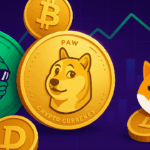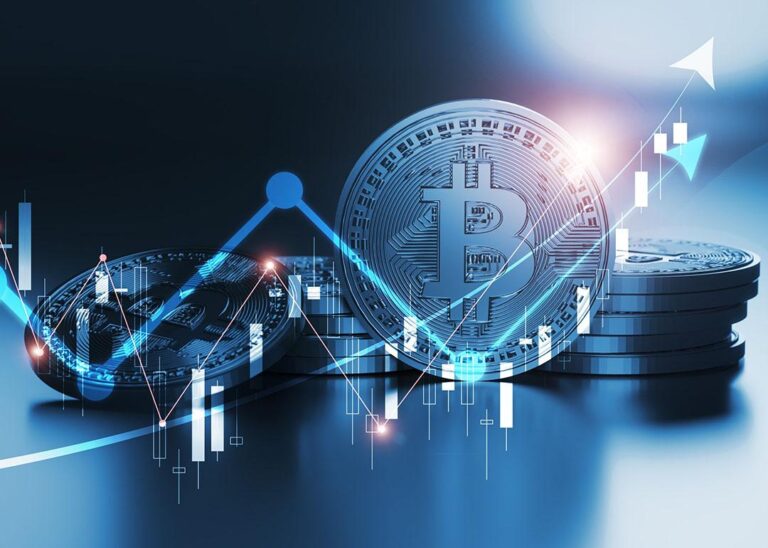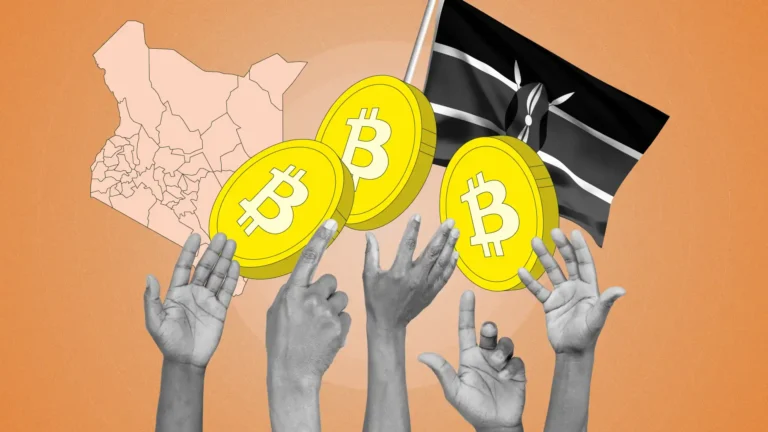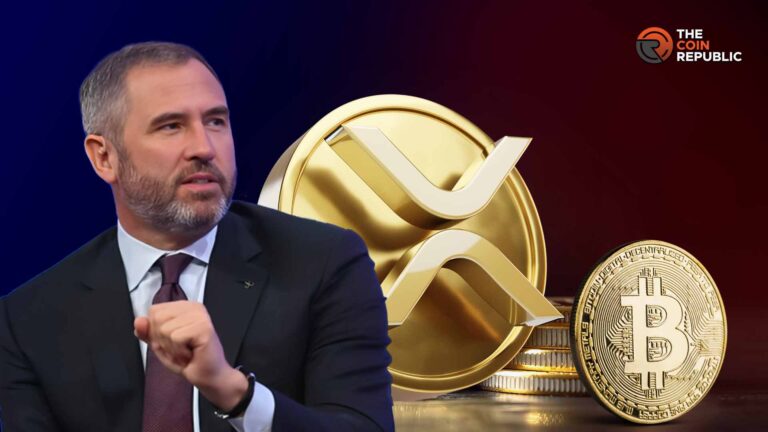Meme coins — the jokesters of the crypto world — have always lived in the space between parody and profit. From Dogecoin’s playful beginnings to Shiba Inu’s billion-dollar ecosystem, these tokens have proven that humor, community, and speculation can be a powerful mix. But as the crypto market matures and investors demand more than viral …
Beyond the Hype: Can Meme Coins Build Real Utility?
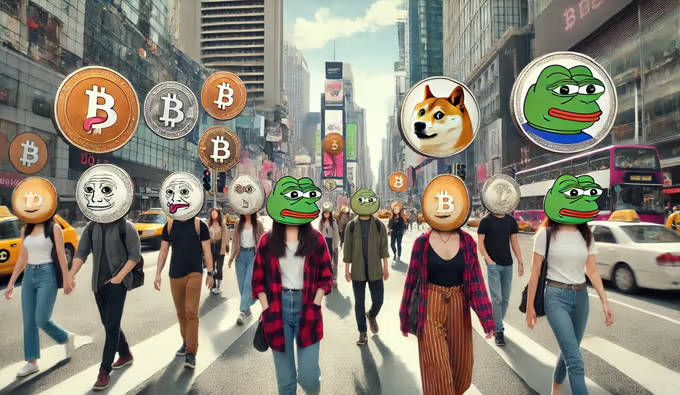
Meme coins — the jokesters of the crypto world — have always lived in the space between parody and profit. From Dogecoin’s playful beginnings to Shiba Inu’s billion-dollar ecosystem, these tokens have proven that humor, community, and speculation can be a powerful mix. But as the crypto market matures and investors demand more than viral hype, a critical question is emerging: can meme coins evolve beyond the memes and build real, lasting utility?
The Meme Coin Phenomenon: From Joke to Market Force
What started as an inside joke in 2013 with Dogecoin quickly spiraled into one of the most iconic chapters of crypto history. By 2021, meme coins weren’t just a niche — they were a movement. Coins like Shiba Inu (SHIB), Pepe (PEPE), and Floki Inu (FLOKI) surged in value, riding waves of community enthusiasm, celebrity endorsements, and viral internet moments.
For a time, meme coins dominated headlines and captured the imagination of retail investors looking for the next “moonshot.” But their explosive growth also drew skepticism. Critics dismissed them as hollow projects built purely on hype — a speculative bubble detached from real-world use cases.
Yet, as the dust begins to settle, something interesting is happening: some meme coins are starting to mature, pushing toward genuine ecosystem development, technological innovation, and long-term relevance.
The Push Toward Real Utility
It’s no secret that meme coins have historically lacked intrinsic value. Most offered little more than a community, a cute mascot, and a dream of quick profits. But the new wave of meme coins seems to understand that to survive in a competitive and increasingly regulated crypto environment, utility is not optional — it’s essential.
Here’s how some projects are working to redefine what it means to be a “meme coin”:
1. Expanding Ecosystems and Use Cases
Projects like Shiba Inu have gone beyond the meme. Shiba’s ecosystem now includes Shibarium (a Layer 2 blockchain), ShibaSwap (a decentralized exchange), and NFT integrations — all of which bring tangible use to SHIB tokens. Similarly, Floki Inu has introduced metaverse initiatives, NFT marketplaces, and educational platforms to engage its growing user base.
By creating ecosystems around their communities, these meme coins are trying to shift from being cultural tokens to functional assets.
2. Integrating DeFi Mechanics
Some meme coins are leveraging decentralized finance (DeFi) to create staking, lending, and yield opportunities. For example, holders can stake tokens to earn rewards, participate in liquidity pools, or gain access to governance decisions. These features encourage long-term engagement rather than speculative flipping.
3. Building Brand and Cultural Value
Not all utility is technological. Meme coins derive power from cultural capital — the ability to influence trends, shape narratives, and drive attention. In an age where attention is currency, a meme coin that commands mass interest has value beyond code. The challenge lies in converting that cultural energy into sustainable ecosystems.
The Barriers to Real Utility
Despite this evolution, meme coins still face significant hurdles on the road to legitimacy.
1. Lack of Fundamental Innovation
Most meme coins still rely on existing blockchain architectures, offering few technological breakthroughs. Unlike Ethereum or Solana, which drive infrastructure-level innovation, meme coins often depend on marketing more than engineering.
2. Speculative DNA
Speculation is baked into meme coin culture. The promise of “getting rich quick” is what fuels their viral growth. But this same volatility makes it difficult to build long-term credibility or attract institutional interest.
3. Regulatory Pressure
As global regulators increase scrutiny of crypto assets, tokens without clear use cases could face legal challenges. Meme coins may find it difficult to justify their existence if they’re viewed purely as speculative instruments.
Can Culture Itself Be a Utility?
One fascinating argument is that culture itself can be a form of utility. In the digital age, memes move markets — shaping behavior, community identity, and brand value.
Think of Dogecoin’s “Do Only Good Everyday” ethos or Shiba Inu’s decentralized community governance. These cultural frameworks create loyalty and engagement, which in turn generate economic momentum. While it might not be “utility” in the traditional sense, this memetic power has proven capable of driving adoption and sustaining attention — both crucial elements of success in the crypto world.
Hybrid Tokens: The Future of Meme Coins
As blockchain technology continues to evolve, the next generation of meme coins might blend meme culture with real-world utility. Imagine tokens that combine community-driven virality with:
- Decentralized gaming economies (GameFi)
- NFT marketplaces tied to community art and memes
- Charity and crowdfunding initiatives
- AI-generated meme creation tools
- SocialFi platforms that reward engagement with tokens
These hybrid models could transform meme coins from fleeting internet jokes into active participants in the broader Web3 ecosystem.
The Road Ahead: Reinvention or Decline?
If meme coins fail to evolve, many will fade as investor sentiment shifts toward more serious projects. But for those that successfully merge humor, culture, and utility, the potential remains massive.
The next phase of meme coins may not look like Dogecoin or Shiba Inu. Instead, they might resemble community-powered ecosystems, where memes fuel engagement while underlying technology provides value — a new kind of asset class that bridges entertainment and finance.
Final Thoughts: From Hype to Hybrid Value
Meme coins captured the imagination of millions because they made crypto fun. But fun alone isn’t sustainable. To thrive in the future, meme coins must learn to balance culture with credibility, community with innovation, and hype with utility.
As the line between internet culture and financial ecosystems continues to blur, meme coins have a unique opportunity to redefine themselves — not as jokes, but as digital social currencies that reflect the power of collective attention in the blockchain era.
The punchline? The joke coins might just get the last laugh — if they can turn memes into meaningful mechanics.
